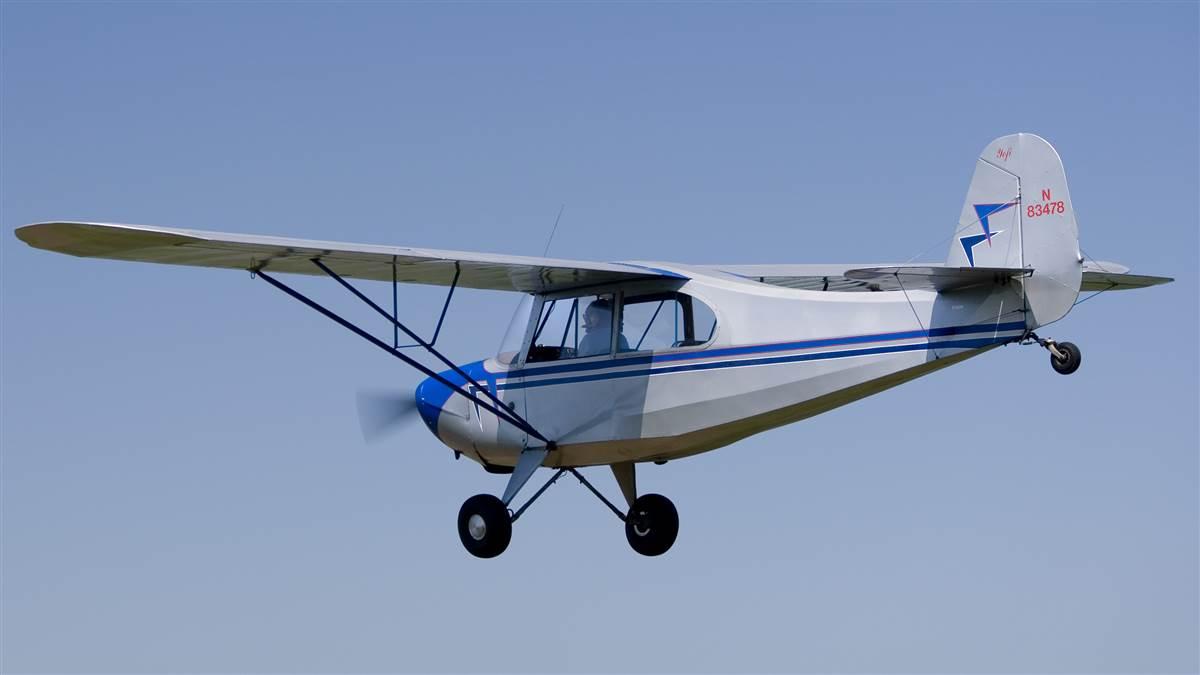Budget Buy: Aeronca Champion 7AC
Cub’s competition

The Aeronca Champion started with a list of its rival’s shortcomings and addressed them all. In 1944, designer Ray Hermes considered the iconic Piper J–3 Cub and fixed the many things that pilots didn’t like about it. Then he came up with practical improvements in the Champ:
- The Cub must be flown solo from the rear, so the Champ pilot sits up front.
- The Cub has awful forward visibility, so the Champ has a wrap-around view.
- The Cub’s main landing gear is held together by springy, failure-prone bungee cords, so the Champ uses oleo struts that act as shock absorbers.
- The Cub is painfully slow, so the Champ is less so.
Aeronca began flooding the market with inexpensive ($2,400) Champs in what was expected to be a post-World War II aviation boom. The company produced up to 50 Champs a day at its 1946 production peak, but the market never fully materialized.
Hundreds of Champs went to flight schools and clubs, and they became popular trainers in the 1950s and 1960s.
The originals had Continental 65-horsepower engines and no electrical systems, so they had to be hand started every time. Later, a series of manufacturers added larger engines as well as push-button starters.
Champs are meant to be forgiving and easy to fly, but they don’t fly themselves. Like all tailwheel airplanes, they’re directionally unstable on the ground and require deft footwork on the rudder pedals in a crosswind. In the air, they’re studies in adverse yaw. Turns require coordinated rudder to keep the slip/skid ball in the inclinometer centered.
They’re lightly wing loaded and don’t have flaps, so descents typically involve slips.
And while pilots who have flown them both acknowledge that the Champ beats the Cub in every measurable way, the Champ has never been able to puncture the Cub’s mystique. Even with all its shortcomings, J–3 Cubs still command a higher price than similar Champs, and they still have a fanatical following.
Email [email protected]



